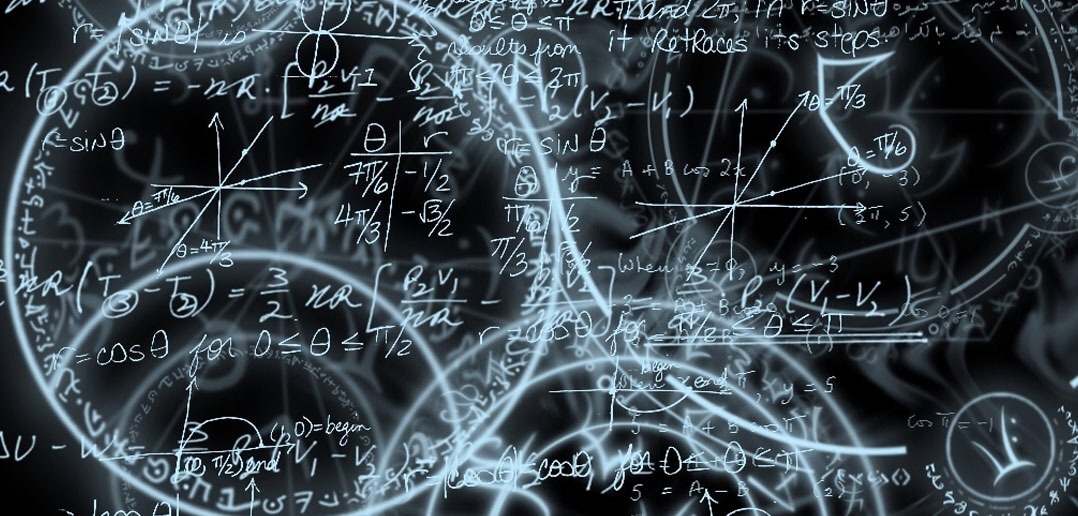

#Yang mills mass gap supersync series#
For the case of an SU(2) model of QCD based on the ansatz that the gauge-invariant gauge field is a hedgehog configuration, we show how the infinite series that represents the nonlocal interaction between quark color-charge densities can be evaluated nonperturbatively, without expanding it termby-term. Because of this effect, color-singlet packets of quarks should experience final state interactions that increase in strength as these packets expand in size. Lyons, J.P., +, IAS 99 2655-2661 vol.4 induction motor ASD, matrix converter protection issues. We show how the leading part of the interaction between quark color-charge densities vanishes when the participating quarks are in a color singlet configuration, and that, for singlet configurations, the residual interaction weakens as the size of a packet of quarks shrinks. In QCD, this nonlocal interaction also couples quark color-charge densities to gluonic color. The interaction couples one quark color-charge density to another, much as electric charge densities are coupled to each other by the Coulomb interaction in QED. We examine a nonlocal interaction that results from expressing the QCD Hamiltonian entirely in terms of gauge-invariant quark and gluon fields. The mass gap is filled from finite non-zero eigenvalues of a configuration space inverse perturbation tensor containing vacuum excitations. We check the validity of the construction by showing that Slavnov identities (which express infinitesimal gauge invariance) do hold non-perturbatively. The Yang-Mills Mass Gap problem is solved by deriving SU(3) C Chromodynamics as a corollary theory from Yang-Mills gauge theory. magnetic circuit is the mmf, F Ni, and the core medium and the air gap medium can. We prove that this combined effect is stabilizing if we use cutoffs of a certain type in momentum space. I am grateful to my graduate students, Yan Fei Liu and Zaohong Yang. The crucial point is to control (in a non-perturbative way) the combined effect of the functional integrals over small field regions associated to a large background field and of the counterterms which restore the gauge invariance broken by the cutoff.

For small fields, a different gauge, more suited to perturbative computations is used this gauge and the corresponding propagator depends on large background fields of lower momenta. The construction exploits the positivity of the axial gauge at large field.

Progress in establishing the existence of the Yang-Mills theory and a mass gap will require the introduction of fundamental new ideas both in physics and in mathematics.We provide the basis for a rigorous construction of the Schwinger functions of the pure SU(2) Yang-Mills field theory in four dimensions (in the trivial topological sector) with a fixed infrared cutoff but no ultraviolet cutoff, in a regularized axial gauge. This property has been discovered by physicists from experiment and confirmed by computer simulations, but it still has not been understood from a theoretical point of view. This is for example standard practice in. For many reasons it can be easier to work in Euclidean space and then Wick-rotate to get physical results. Rarely, if ever, does one break assumptions made in a proof by this (complex) coordinate transformation. The successful use of Yang-Mills theory to describe the strong interactions of elementary particles depends on a subtle quantum mechanical property called the "mass gap": the quantum particles have positive masses, even though the classical waves travel at the speed of light. In QFT, we like to relate 4D Euclidean and Minkowski spacetimes by a Wick rotation. Quantum Yang-Mills theory is now the foundation of most of elementary particle theory, and its predictions have been tested at many experimental laboratories, but its mathematical foundation is still unclear. Almost half a century ago, Yang and Mills introduced a remarkable new framework to describe elementary particles using structures that also occur in geometry. The laws of quantum physics stand to the world of elementary particles in the way that Newton's laws of classical mechanics stand to the macroscopic world.


 0 kommentar(er)
0 kommentar(er)
